Your neighbors could be living with a wallaby—and you’d have no idea.
That’s right. Across the U.S., people aren’t just adopting dogs and cats. They’re cuddling with coatimundis, chatting with toucans, and spooning sugar gliders. And in many states? It’s totally legal.
While some exotic animals require permits or special housing, others are shockingly easy to bring home. No need for a jungle safari when the wilderness is living in the apartment upstairs.
Curious which creatures made the legal list? These 11 exotic pets might surprise you—especially when you find out how common (and cuddly) they really are.
Fennec Fox
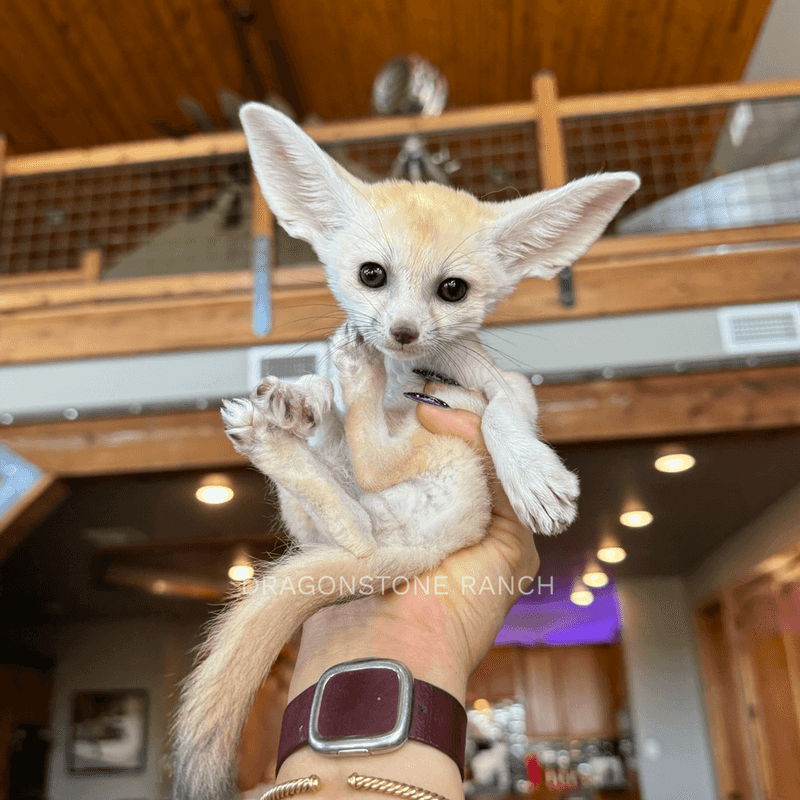
With ears as large as its personality, the fennec fox is a delightful pet. Originating from the Sahara Desert, these small foxes are known for their distinctive appearance and lively character. Their ears not only provide excellent hearing but also help them dissipate heat.
In a home setting, fennec foxes are energetic and playful. They require a space to dig and explore, mimicking their natural habitat. Socialization is key, as they thrive on interaction with their human companions.
A fun fact: Fennec foxes are the smallest of all world’s foxes, making them an adorable companion.
Hedgehog
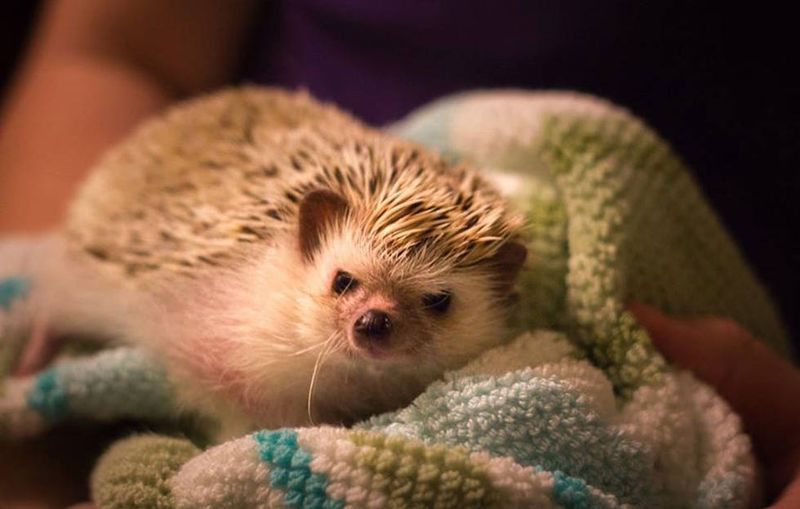
Ever thought of having a pocket-sized companion? Meet the hedgehog, a delightful little creature that’s both manageable and charming. With their quilled exteriors and inquisitive eyes, hedgehogs are a unique choice for pet owners.
They are nocturnal creatures, meaning they come alive as the sun sets. A quiet environment with a wheel for exercise will keep them happy. Handling them gently from a young age ensures they become sociable.
Interestingly, hedgehogs have been kept as pets since ancient Egyptian times, valued for their endearing nature and low maintenance requirements.
Sugar Glider

Imagine a pet that can soar through the air! The sugar glider, a small marsupial from Australia, captivates with its ability to glide from tree to tree. These nocturnal creatures are social and bond closely with their human families.
Housing them in a tall cage with plenty of vertical space is essential for their well-being. They enjoy a varied diet, including fruits, insects, and specialized pellets.
Did you know? Sugar gliders can recognize their owners by scent, making them a truly personal pet. Their playful nature is sure to bring joy to any household.
Capybara

Meet the world’s largest rodent: the capybara. Native to South America, these gentle giants are known for their social nature and affinity for water. Picture them lounging beside a pond, surrounded by lush vegetation.
Capybaras thrive in groups, so it’s best to keep more than one. They require ample outdoor space and a body of water for swimming. Their diet mainly consists of grasses and aquatic plants.
A quirky fact: Capybaras are often seen with birds perched on their backs, enjoying a symbiotic relationship that benefits both species.
Ball Python

For those intrigued by reptiles, the ball python is a fascinating choice. Known for their docile temperament and striking patterns, these snakes are popular among enthusiasts. Originating from Africa, they adapt well to captivity with proper care.
Ball pythons are non-venomous and can be handled with ease. Providing a suitable enclosure with controlled temperature and humidity is crucial for their health. Their diet mainly consists of mice or rats.
A fun tidbit: Ball pythons are named for their tendency to curl into a ball when threatened, a charming behavior that endears them to many.
Tarantula
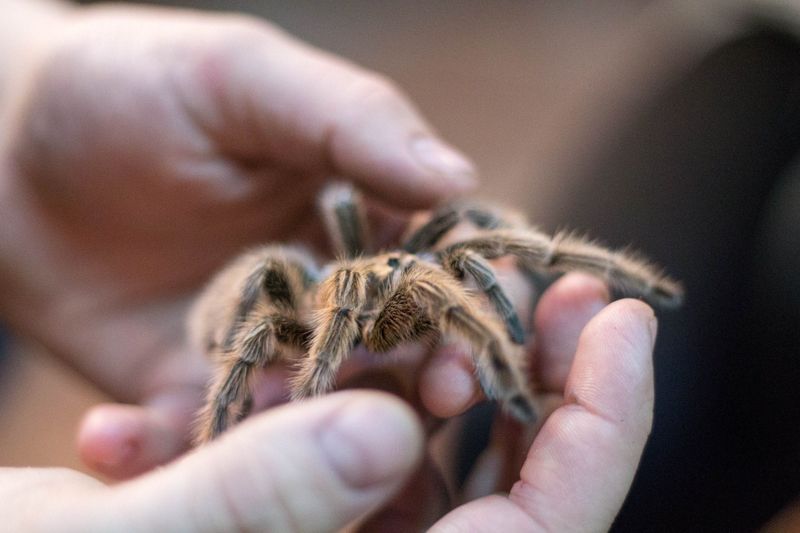
Venture into the realm of arachnids with the tarantula, a pet that’s sure to intrigue. These spiders are known for their hairy appearance and calm demeanor. With proper care, they make captivating pets for enthusiasts.
Tarantulas thrive in a terrarium with suitable substrate and hiding spots. Their diet includes insects like crickets or mealworms. Handling should be minimal to avoid stress.
Did you know? Some tarantula species can live up to 20 years in captivity, making them a long-term commitment for dedicated owners. Their mysterious allure is undeniable.
Cockatoo
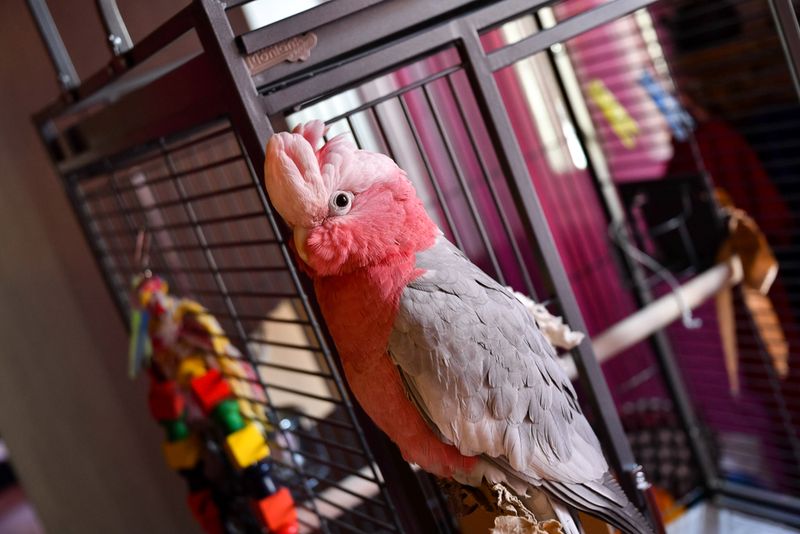
Looking for a pet with personality? The cockatoo, known for its intelligence and social nature, fits the bill perfectly. These birds are capable of forming strong bonds with their owners and even mimicking speech.
Cockatoos require a spacious cage and plenty of mental stimulation. Interaction is key, as they thrive on social engagement. Their diet consists of seeds, fruits, and vegetables.
An interesting fact: Cockatoos can live for over 60 years, making them lifelong companions. Their vibrant crests and engaging behaviors are sure to captivate any bird enthusiast.
Chinchilla

Step into the world of soft, plush comfort with a chinchilla. These rodents are cherished for their irresistibly soft fur and lively behavior. Native to the Andes Mountains, they are well-adapted to a high-altitude lifestyle.
Chinchillas need a spacious cage with opportunities for climbing and exercise. Dust baths are essential for their fur care, adding a playful routine to their day.
A charming fact: Chinchillas have the densest fur of any land mammal, which helps protect them from cold temperatures. Their gentle nature makes them appealing to pet lovers.
Serval
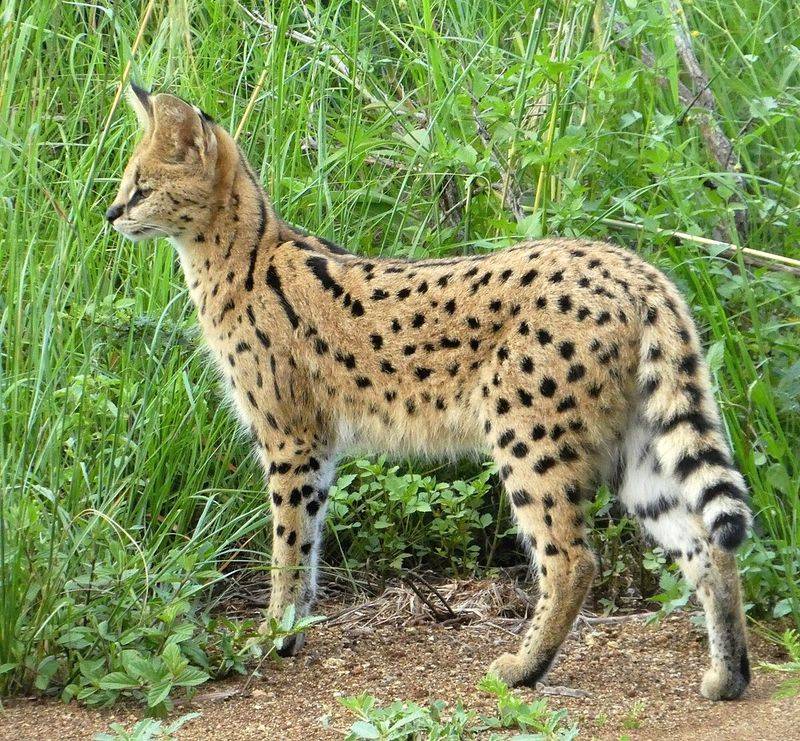
Picture owning a slice of the wild with a serval. This African feline, known for its long legs and striking spots, brings a touch of the savannah to your home. Their agile movements and keen senses are captivating.
Servals require a large, secure outdoor enclosure and plenty of mental stimulation. Their diet includes raw meat and supplements. Interactions with humans should be positive and enriching.
A fascinating tidbit: Servals can leap over 9 feet in the air to catch prey, a testament to their incredible athleticism. Their beauty and grace are truly unmatched.
Kinkajou

Meet the kinkajou, a rainforest dweller with a playful demeanor. Known as the “honey bear,” this small mammal captivates with its large eyes and prehensile tail. Their nocturnal habits add a touch of mystery to their charm.
Kinkajous need a spacious enclosure with plenty of climbing opportunities. Their diet includes fruits and nectar. Interaction and socialization are crucial for their happiness.
An intriguing fact: Kinkajous are closely related to raccoons, despite their bear-like appearance. Their unique traits make them standout companions for those seeking something truly different.
Axolotl
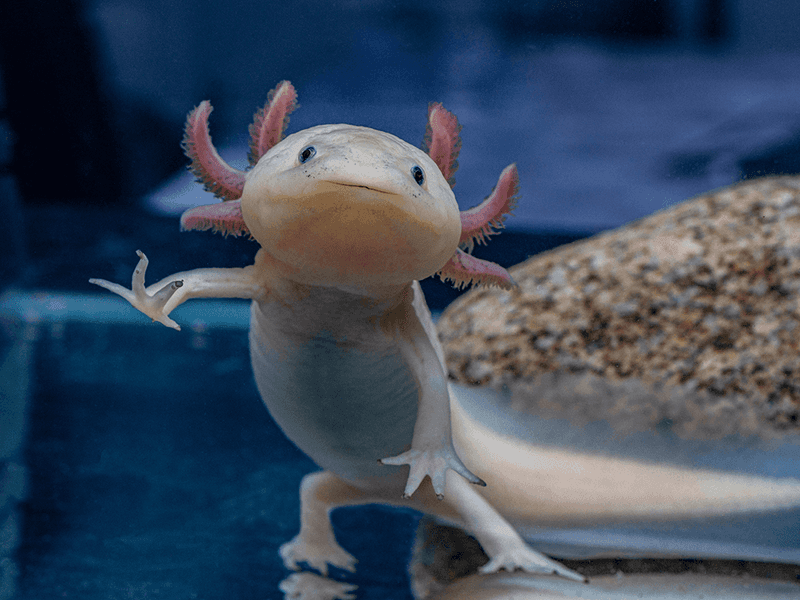
Dive into the aquatic world with the axolotl, a fascinating amphibian that never truly grows up. Known for their regenerative abilities and feathery gills, these creatures are often referred to as “Mexican walking fish.”
Axolotls thrive in a cool, filtered aquarium with gentle currents. Their diet includes worms and small fish. Observing their tranquil movements is a joy for any owner.
A quirky fact: Axolotls can regenerate entire limbs, making them a subject of scientific interest. Their whimsical appearance and gentle demeanor make them a delightful choice for aquatic pet lovers.

